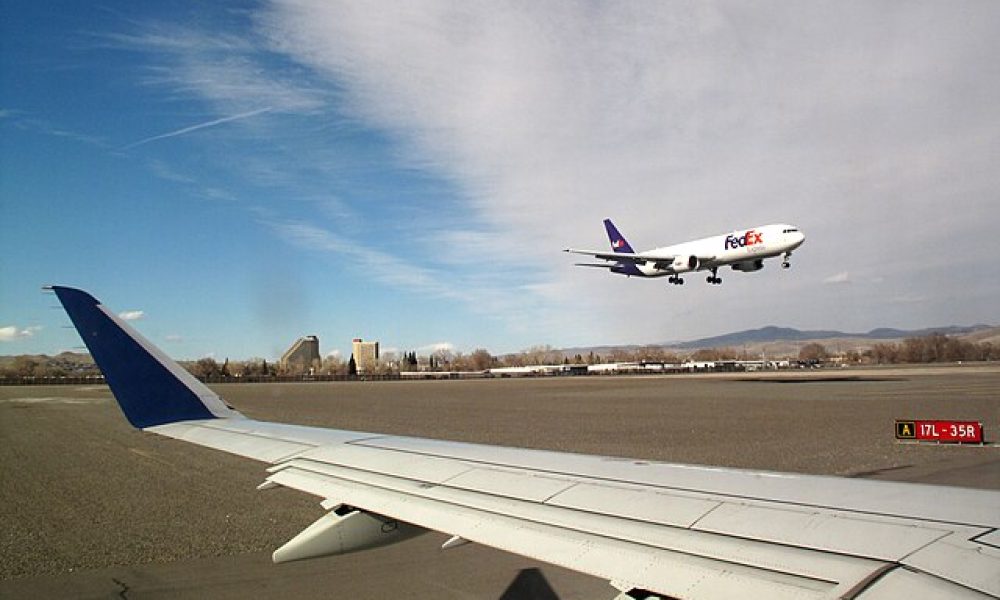Picture the scene if you will: you’re sitting in seat F23 of the EasyJet flight from Gatwick to Malaga, eagerly awaiting your seven days of well-earned decadence. The doors have just closed, the cabin crew are showing you how a seat-belt works, they’re pointing to the emergency exits and you’re barely listening; the excitement of going abroad has rendered you as inattentive as a puppy playing with a tennis ball. What did the stewardess just point to, and why is the recorded voice telling you how to blow into a tiny little whistle should you be floating in the sea awaiting rescue?
Amid all the euphoria, there is likely to be a dozen different things on your mind. One of them may even involve you asking a question you can’t possibly answer accurately: how on earth does this thing ever get off the ground? A fully-laden Boeing 737 can weigh up to 70 tons, which is of course a huge amount, but when it reaches a speed of around 150mph on a runway it somehow manages to leave terra firma behind. Drive a car at that speed (not on the M4, obviously) and the vehicle will never even look like taking off. How come a plane does?
Warning: scientific explanation ahead
Well, the answer is a convoluted one, so you really need to pay attention here. We recommend reading this next paragraph a little more slowly than usual:
An aircraft is heavier than air (of course), so to get it airborne you need a power that’s greater than gravity. This is what the scientists call lift. Lift can be created when air flows over an aerofoil. Put simply, the aerofoil’s shape makes the air that passes around it behave in two different ways. The air above it travels faster, the air below it travels slower. The air pressure in turn reduces above it, thereby enabling the stronger air pressure below it to lift it off the ground. Simple, eh? We hope you concentrated, because we might be holding a quiz later on.
There are some people who use Bernoulli’s principle to explain this, although this isn’t entirely accurate as a claim. Daniel Bernoulli was a Netherlands-born Swiss mathematician and all-round brain-box from the 18th century. His workings have had a major influence on many things, including the carburettor and the aeroplane wing. And in his major work Hydrodynamica, which we’re sure you’ve all read, he helped to formulate the kinetic theory of gases. Clever chap.
The shape of the wing is crucial to disrupting the air in order to create lift, although it should be pointed out that getting airborne isn’t dependent on angled wings. A paper plane can fly, and that will usually have flat wings, of course, even one that’s made by a child. Unfortunately, if you tried to fly to Malaga on a paper plane you wouldn’t get very far. And there’s be nowhere to store your luggage, either.
So we’ve tried to explain, in a very complicated way, how your holiday flight ever gets off the ground. If you’d prefer the simplified version, here it is in layman’s terms: CL = L/qS. Obviously, L in this equation is lift, S is the area of the wing and q pertains to dynamic pressure. It’s very basic, isn’t it? Clearly, we don’t need to explain any further.
Phew.
Rose Media Group, founded by Aneela Rose, back in 2004, is a high quality provider of B2B PR services to the aviation sector and many others.










